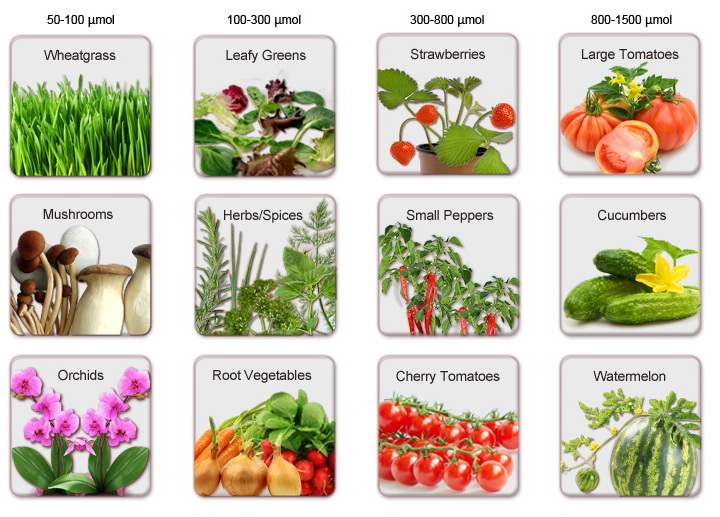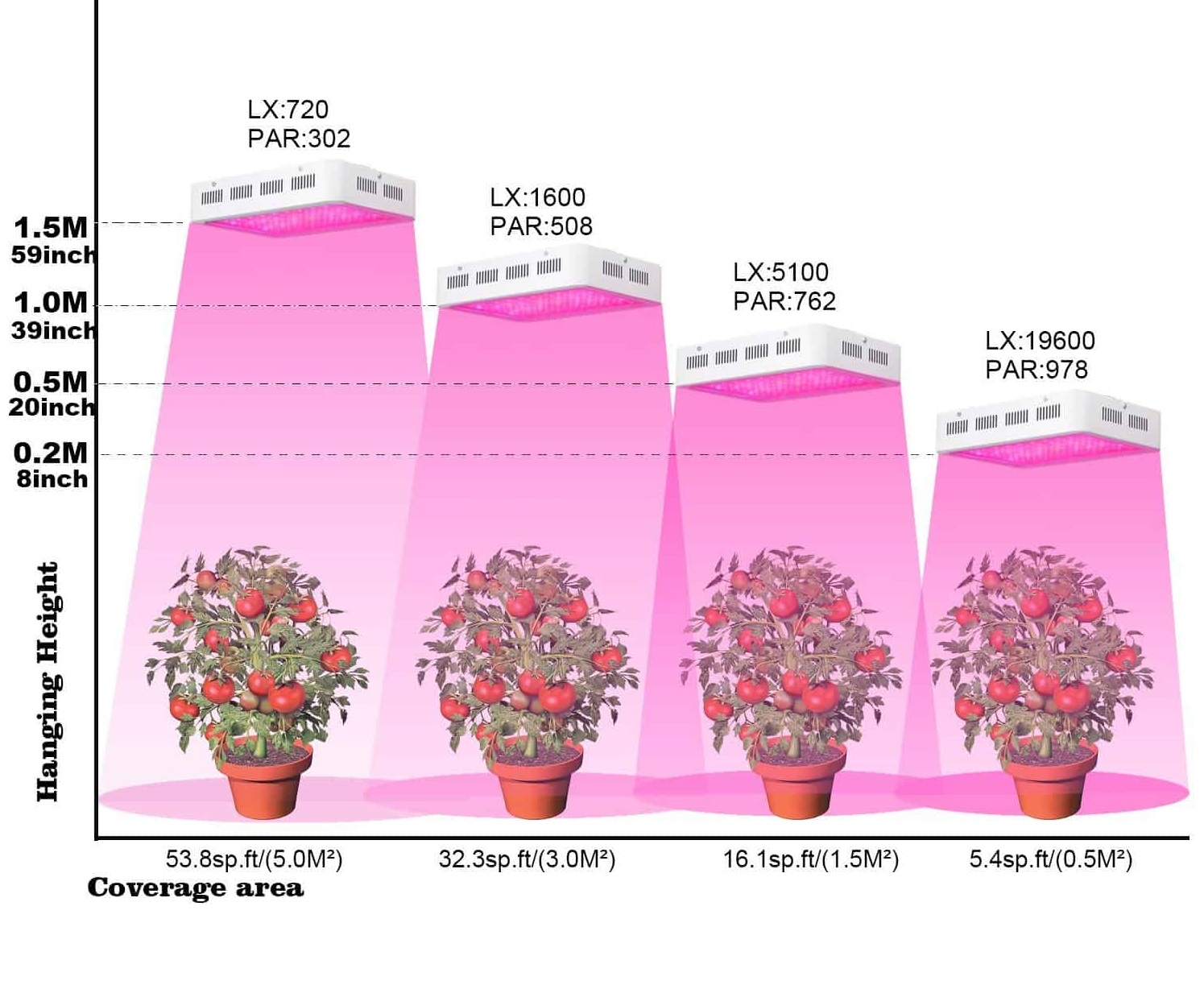When I started to study the topic of grow lights and discovered LEDs, unfortunately, there are very few specialists on this topic. No, large agricultural complexes and greenhouses are already using special LED grow lights in full, but they do not discuss this on the forums! For example, I recently learned from a friend that one large agricultural complex purchased an LED grow light for several hundred million rubles! So think later, which grow lights are more efficient, then people know how to calculate profit, costs, efficiency. In the end, I had to learn a lot from the experience of foreign colleagues who are actively developing this topic and share their experience and conduct scientific research and laboratory research, and do not gossip.
Microgreen Lighting: Fluorescent vs LED's - On The Grow
Now about the essence, in this article I want to talk about two actually important questions:
What to look at in a grow light in terms of efficiency for plant growth?
And how much light does the plant need?
1.What to look for when choosing a grow light and why?
If you have read at least a little about LED grow lights, then you already know that you need a red and blue spectrum range, because it is absorbed better and gives a longer effect for photosynthesis.
Those. in a grow light, it is not just the power of the luminous flux that is important to us, but in a certain spectrum!
That is why you should not pay attention to Lux (Lux) and Lumens (Lm) in the characteristics of LED grow lights. We need another parameter - PAR (Photosynthetically Active Radiation), an indicator of photosynthetic active radiation. PAR refers to the spectral range of light from 400 to 700 nm. Which is involved in photosynthesis. The most important are two parts of the spectrum: in the region of 660 and 450 nm. (that's why they use red and blue LEDs). It is expressed (PAR) in micromoles per square meter per second (umol \ m2 * s). PAR is the most accurate measure of light power in relation to plant photosynthesis, as opposed to lumens, which measures brightness in relation to the visible spectrum to the human eye. This is a very important point! As a result, those who measure suites or lumens are mistaken and thus compare different grow lights.
2.How much light does a plant need?
On a cloudless summer day, anywhere near the warm sea, plants receive up to 2000 micromoles. But most plants are unable to absorb as much light, just as they can only absorb a certain amount of water and CO2. There is a limit to how much light a plant can absorb - this is called the "Light Saturation Point" (LSP). In many cases, it has been observed that each plant has an optimal PAR range that is most optimal for plant growth. The disadvantage is bad, the excess is also bad. In addition, the plant can get "burned" and dry out, experience "stress" if there is too much light. As a result, with light, as with all other components of crop production, balance is also needed! Below I give the results of research by American scientists.

And here is an example of the PAR values of a 400W LED grow light, middle class (economical and not expensive enough):

From here we see that, for example, for growing tomatoes and strawberries, it must be placed at a height of 0.6 m, and for growing herbs and spices, you can hang it at a height of 1.2 meters (increasing the area of the lighting zone). And if you take a more powerful grow light, and a higher class, then the indicators will be even better! But it is also very important - the presence of a reflective film. Using mirrored or bright white film can increase performance by 50% or more.
Conclusion
Many LED plant light manufacturers are already doing expensive PAR tests based on the height of the grow light above the plant. Consider this value when choosing and designing your home garden and greenhouse or hydroponic plant. But be careful, I have met some domestic manufacturers with the values of PAR, made "on the knee", they conventionally translated Luxes into micromoles. In fact, to determine this parameter, you need a special unit, with spectrum analysis!























